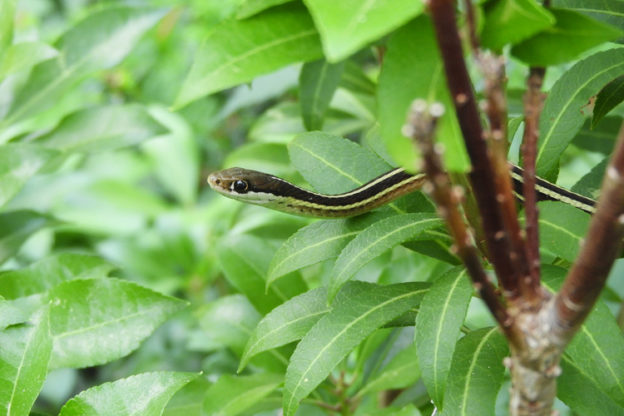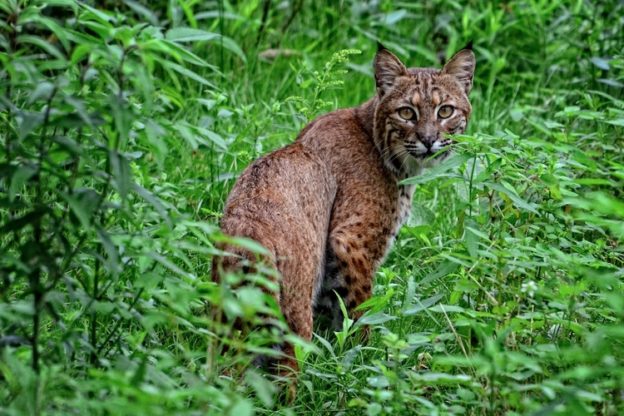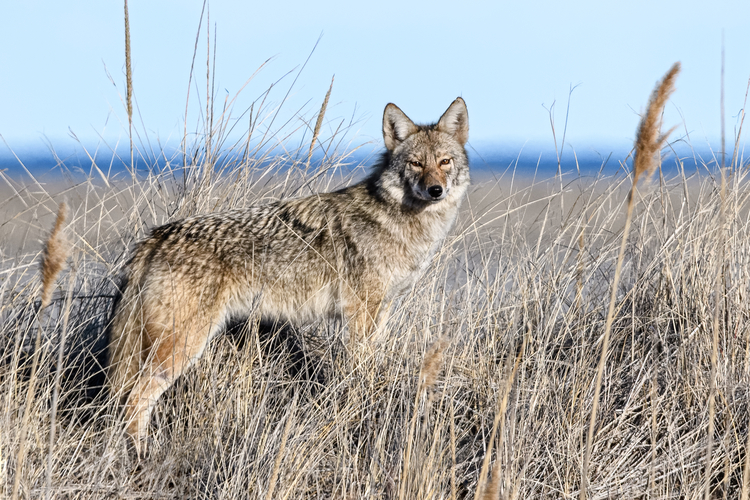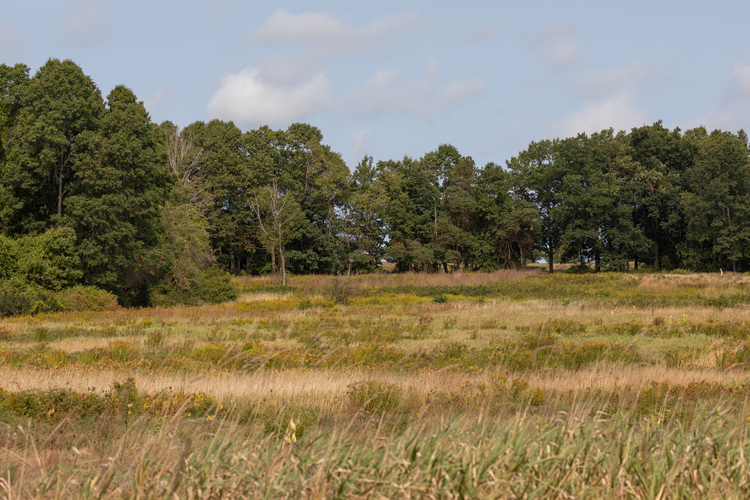Sitting on a rock in the hot sun is a yellow-striped snake soaking in the sun. With only a glance before it slithers away, it’s hard to determine what type of snake it was. The yellow lining is a feature on both Eastern Garter Snakes and Eastern Ribbon Snakes. So how do you tell them apart? Learn more about how to differentiate these two reptiles.
Eastern Garter Snake

Sometimes mistakenly called a “garden snake,” garter snakes get their name from a female under garment, the garter belt. They sport long, yellow stripes down the length of their green, brown, or black bodies. Sometimes, their stripes are not well defined and appear to be more checkered than a prominent line.
Although they can get large with an average of about 20-22″ in length (and can grow up to 54″ long), there is no need to worry: garters are generally shy and avoid people.

As one of the most common snakes, they can be found just about anywhere, including in gardens, forests, and parks. These snakes are so common, they’re even the Massachusetts state reptile.
Eastern Ribbon Snake
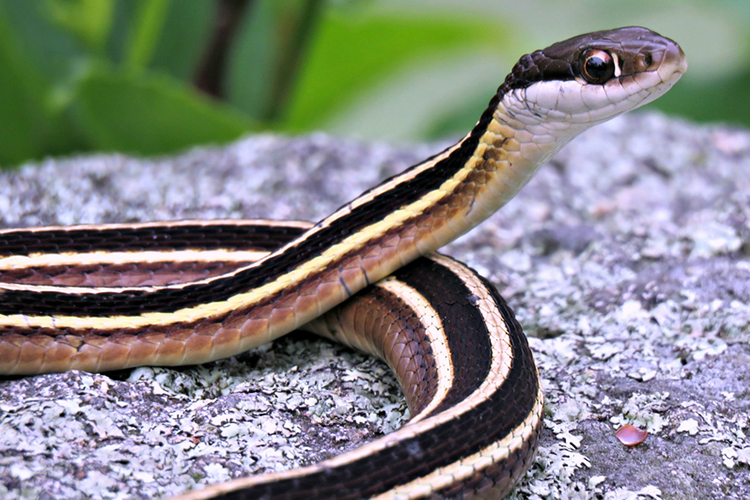
Like the garter snake, ribbon snakes have long yellow stripes against their dark body, but there are a couple of key differences. Eastern Ribbon Snakes have a white mark just in front of the eye, which is absent in the garter snake. Additionally, ribbon snakes have a more slender body and longer tails, which account for about one-third of their bodies.
Ribbon snakes prefer to live near wetlands and waterbodies and can even be found swimming for food. They, too, are shy and nonvenomous, but typically harder to find.
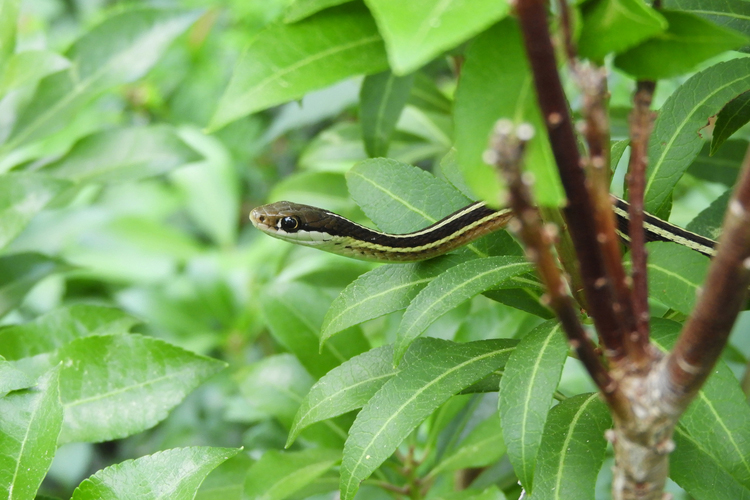
More Massachusetts Snakes
Ready to learn more about snakes? Visit our snake wildlife page to learn more about other species of snakes found in Massachusetts. If you come across a snake in your outdoor explorations, take a picture and tag us on Instagram or Facebook.


